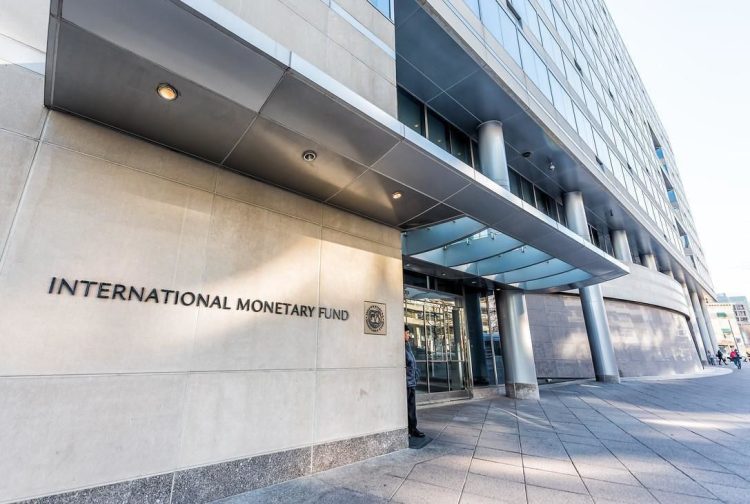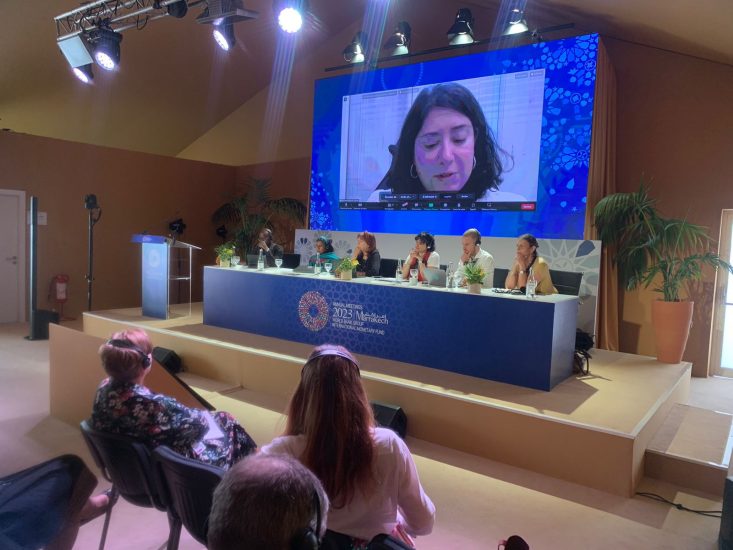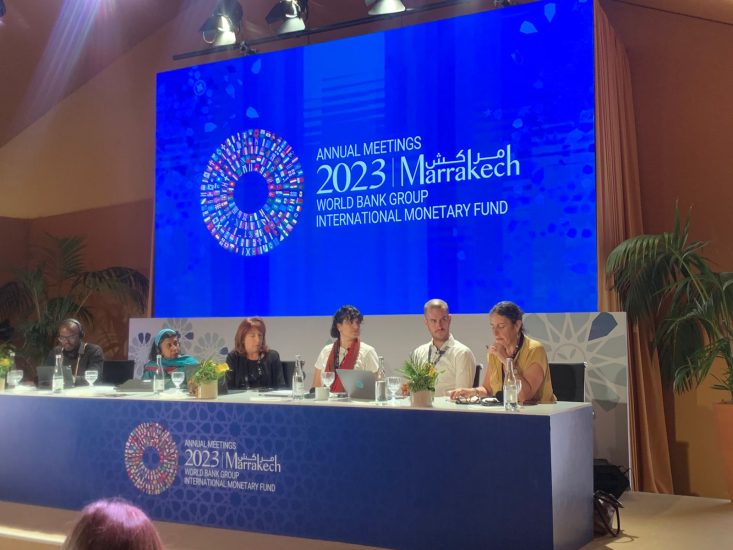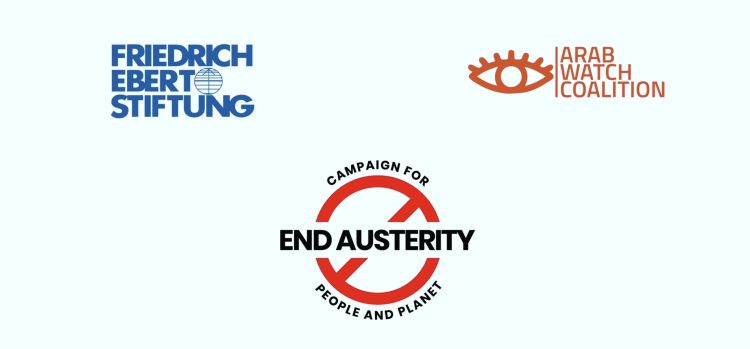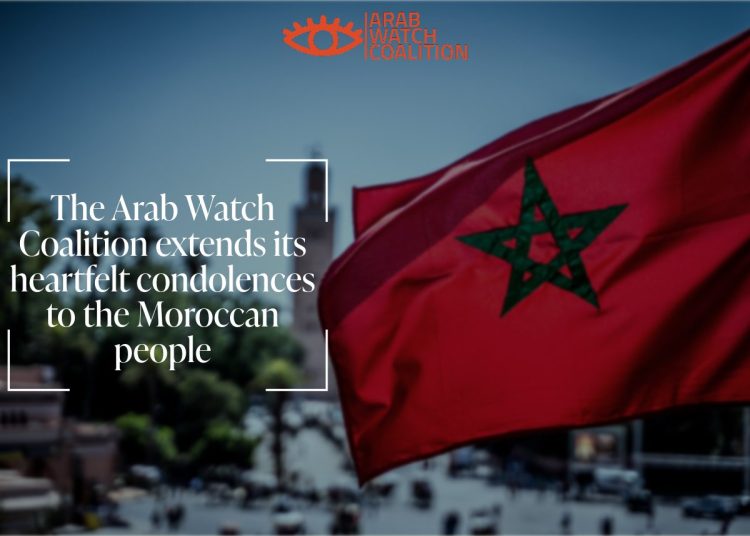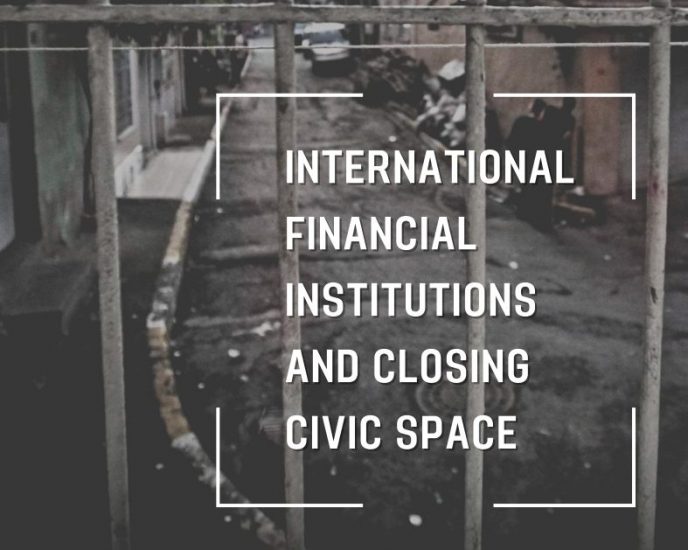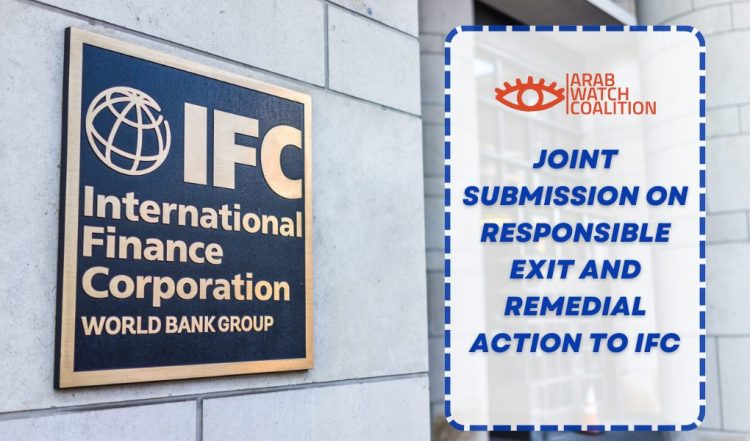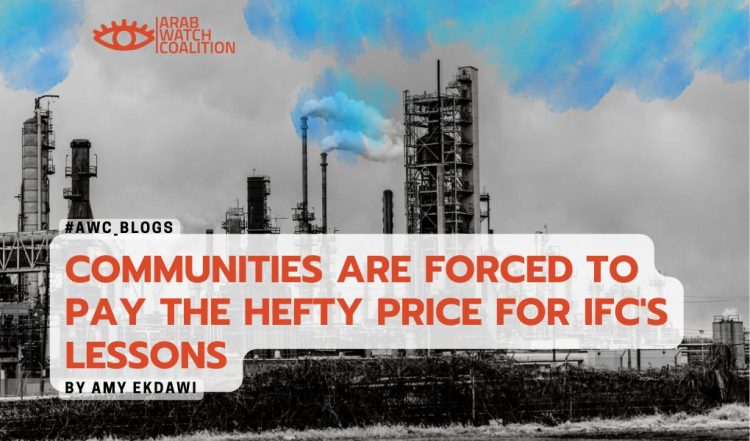African Development Bank (AfDB)
When was it established?
The AfDB was founded, and started operating in 1964.
What is the mission of the AfDB?
The overarching objective of the African Development Bank Group is to spur sustainable economic development and social progress in its regional member countries (RMCs), thus contributing to poverty reduction. In 2015 the AfDB adopted the Sustainable Development Goals (SDGs) as part of its goals.
What are the different arms of the African Development Group?
The African Development Bank: AfDB is the Group’s parent organization.
African Development Fund (ADF): The African Development Fund (ADF) is the concessional window of the African Development Bank (AfDB) Group. The ADF contributes to the promotion of economic and social development in 38 least developed African countries by providing concessional funding for projects and programs, as well as technical assistance for studies and capacity-building activities.
Nigeria Trust Fund (NTF): NTF is a self-maintained revolving fund that was established with agreement with the Nigerian government. It is also acts as a concessional arm of the AfDB, assisting the least developed African countries. The difference between ADF and NTF is that NTF only allocates resources to projects, and not to countries.
Who runs the AfDB?
Board of Governors: The Board of Governors is the highest decision-making organ of the Bank, composed of one Governor appointed by each Member Country. They are generally the Ministers of Finance, or Economic Planning, Central Bank Governors, or other high-ranking officials.
The Board of Governors holds an Annual Meeting to review the Bank’s operations, make major policy decisions and provide strategic guidance.
The Governors of the Bank are ex officio Governors of the African Development Fund.
Board of Directors: The Board of Directors of the African Development Bank (ADB) comprises 20 members. Thirteen members are elected by the governors of regional countries and seven by the governors of non-regional member countries. Board members are responsible for the conduct of the institution’s general operations; The Board of Directors is resident at the headquarters of the Bank and meets for business as often as the work of the Bank may require.
The Board has created a series of permanent committees. The purpose of these committees is to review and discuss policy and program documents submitted to them, and make appropriate recommendations to the Board.
The AfDB manages the NTF, with regular consultations with the AfDB Governor for Nigeria and obtains his/her agreement on the pipeline of projects.
ADF has its own set of Directors. They number 14, with 7 chosen from AfDB board of Directors and 7 selected by state participants.
The President is confirmed by the Board of Directors. S/He chairs the Board of both the African Development Bank and the African Development Fund. S/he serves for a 5-year renewable term. The President oversees the management of the African Development Bank Group
Control, evaluation and compliance:
There are a number of mechanisms that are independent from the Bank’s management and thus report directly to the Board of Directors. The two most significant ones are the Independent Development Evaluation and the Independent Review Mechanism:
The IRM’s mandate is to provide people adversely affected by a project financed by the African Development Bank (AfDB) with an independent mechanism through which they can request the AfDB to comply with its own policies and procedures. The IRM intervenes when people or communities affected submit a complaint. In this way, the IRM can be considered as a recourse instrument for project affected people who have previously been unable to resolve their problems with the AfDB’s Management.


